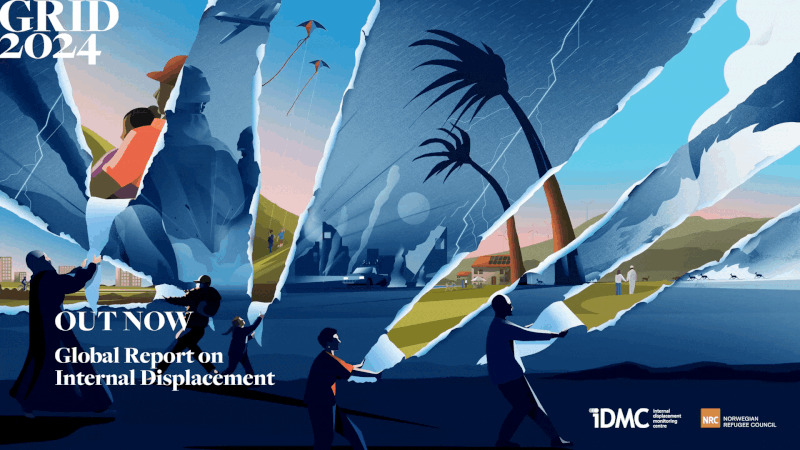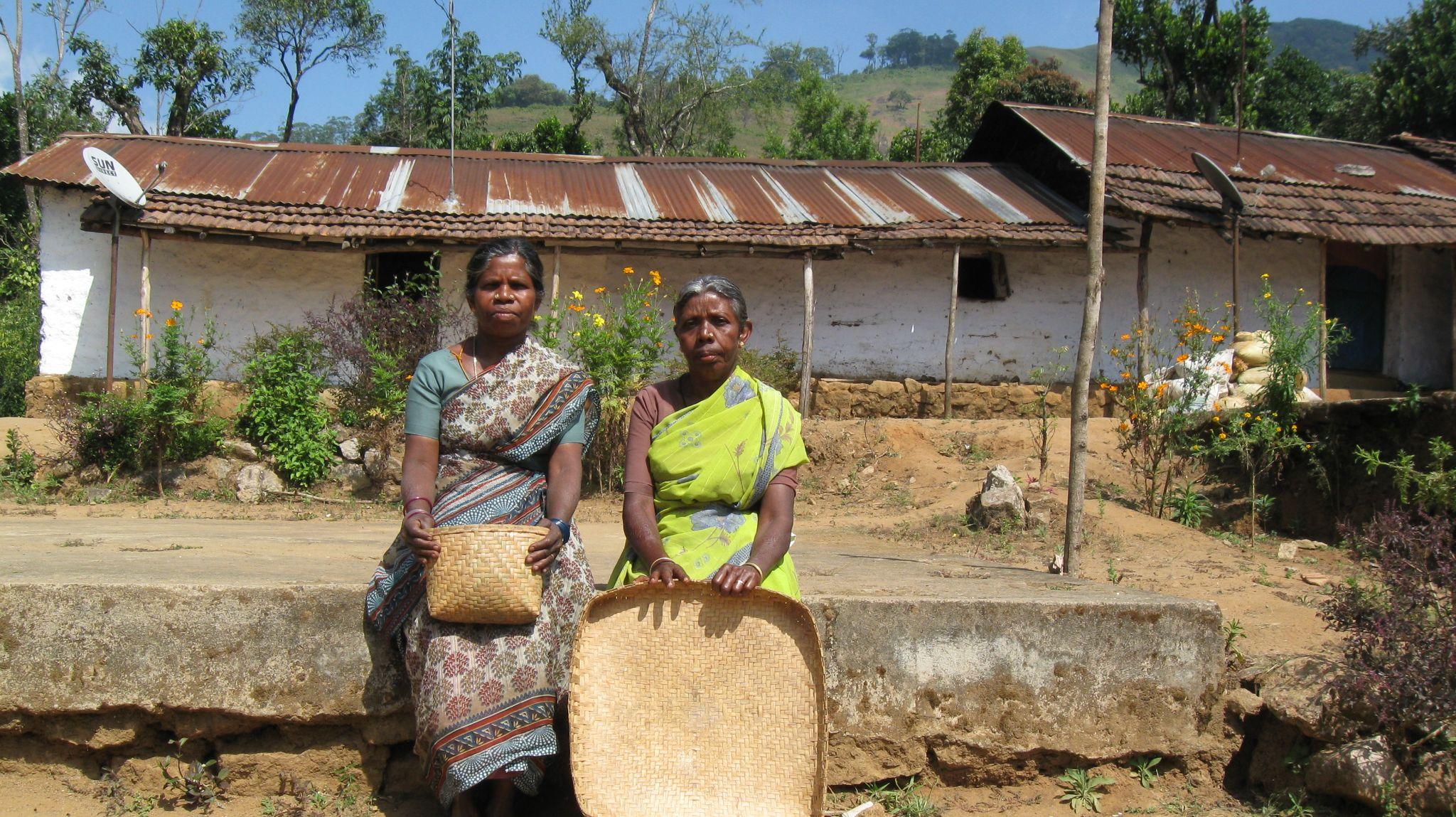Digital Arrest

- 16 May 2024
Why is it in the News?
With the cases of extortion and ‘digital arrest’ frauds on the rise, the Indian Cyber Crime Coordination Centre (I4C) working under the Union Ministry of Home Affairs issued an advisory asking the citizens to be alert about such frauds.
What is ‘Digital Arrest’?
- ‘Digital arrest’ is a new and innovative tactic employed by cybercriminals to defraud gullible victims and extort money.
- The modus operandi in this cybercrime method is that fraudsters pose as law enforcement officials such as police, Enforcement Directorate, and CBI, among others, and manipulate them into believing that they have committed some serious crime.
- The cyber fraudsters deceive the victim into believing that he or she has been put under ‘digital arrest’ and will be prosecuted if they do not pay the scamsters a huge amount of money.
- The fraudster often uses the tactic of instilling fear and a sense of urgency in the victims, ensuring they part with their money before realizing it's a scam.
- The cyber criminals often force the naive victims to self-arrest or self-quarantine themselves, by tricking them into believing that they have been put under ‘digital arrest’ and cannot leave their house unless they pay up.
Modus Operandi of Digital Arrest Scams:
- Initial Engagement: Fraudsters initiate contact with unsuspecting individuals through various digital communication channels, such as phone calls, WhatsApp, or Skype.
- Fear and Urgency Manipulation: The scammers employ psychological tactics to instil fear and a sense of urgency in their victims.
- They present fabricated evidence and falsely claim that the victim is embroiled in criminal activities or is facing an imminent arrest warrant.
- Elaborate Scams: To enhance the legitimacy of their scheme, the scammers create elaborate setups, including simulated police stations, virtual interrogations, and video calls with individuals posing as senior police officers.
- Layered Interrogations: Victims are subjected to multiple rounds of “interrogations,” with the scammers assuming different roles, such as a “constable,” a “sub-inspector,” and finally a “DCP-level officer.”
- This layered approach aims to convince victims of the gravity of the situation and increase their susceptibility to the scam.
- Financial Exploitation: Under the imminent threat of arrest, victims are coerced into transferring substantial sums of money into designated accounts.
- The scammers deceitfully claim that these funds are necessary to clear the victim’s name or resolve the alleged criminal charges.
Actions Taken by the Centre:
- Intelligence agencies have determined that the incidents are part of a coordinated online economic crime network operated by transnational crime syndicates.
- The Indian Cyber Crime Coordination Centre (I4C), overseen by the Ministry of Home Affairs, has collaborated with Microsoft to block over 1,000 Skype IDs associated with such illicit activities.
- Additionally, efforts are underway to block SIM cards, mobile devices, and "mule" accounts utilized by cybercriminals.
- Money mules, also known as "smurfers," are individuals unwittingly used by fraudsters to launder stolen or illegal money through their bank accounts.
- Following reports of such incidents, these individuals often become the focus of police investigations due to their involvement, as highlighted in a security advisory by HDFC Bank.
- The Home Ministry is collaborating with other ministries, their agencies, the Reserve Bank of India (RBI), and various organizations to combat these criminal activities.
- I4C is actively providing technical support and inputs to the police forces of states and union territories to identify and investigate cases.
- I4C has leveraged its social media platform Cyberdost, along with its presence on platforms like Twitter, Facebook, and Instagram, to disseminate infographics and videos aimed at raising awareness about cybercrime.
- Citizens are urged to remain vigilant and help spread awareness about cybercrime.
- They are encouraged to report any such incidents promptly to the cybercrime helpline at 1930 or through the website http://www.cybercrime.gov.in.
- Additionally, filing a complaint and notifying the local police is advised.
India VIX

- 16 May 2024
Why is it in the News?
India VIX, which is an indicator of the market’s expectation of volatility over the near term, surged past the 21 mark recently.
What is India VIX?
- India VIX is a volatility index computed by the NSE based on the order book of NIFTY Options.
- For this, the best bid-ask quotes of near and next-month NIFTY options contracts, which are traded on the F&O segment of NSE are used.
- India VIX indicates the investor’s perception of the market’s volatility in the near term i.e. it depicts the expected market volatility over the next 30 calendar days.
- The higher the India VIX values, the higher the expected volatility and vice versa, as per NSE.
- ‘VIX’ is a trademark of the CBOE, and Standard & Poor’s has granted a license to NSE, with permission from the CBOE, to use such a mark in the name of the India VIX and for purposes relating to the India VIX.
What is the Volatility Index?
- The Volatility Index, VIX or the Fear Index, is a measure of the market’s expectation of volatility over the near term.
- Volatility is often described as the ‘rate and magnitude of changes in prices’ and in finance often referred to as risk.
- Usually, during periods of market volatility, the market moves steeply up or down and the volatility index tends to rise.
- As volatility subsides, the Volatility Index declines.
- The Volatility Index is a measure of the amount by which an underlying index is expected to fluctuate in the near term, (calculated as annualised volatility, denoted in percentage e.g. 20 per cent) based on the order book of the underlying index options.
- The Chicago Board of Options Exchange (CBOE) was the first to introduce the volatility index for the US markets in 1993 based on S&P 100 Index option prices.
- In 2003, the methodology was revised and the new volatility index was based on S&P 500 Index options.
- Since its inception, it has become an indicator of how market practitioners think about volatility.
- Investors use it to gauge market volatility and base their investment decisions accordingly.
Global Report on Internal Displacement 2024 (GRID-2024)

- 16 May 2024
Why is it in the News?
Floods, cyclones, earthquakes and other disasters triggered over half a million internal displacements in India in 2023, according to Geneva-based Internal Displacement Monitoring Centre (IDMC).
About Global Report on Internal Displacement 2024:
- The Global Report on Internal Displacement (GRID) 2024, published by the Internal Displacement Monitoring Centre (IDMC) based in Geneva, Switzerland.
- It is the authoritative source for data and analysis on the state of internal displacement for the previous year.
- Each year, IDMC presents the validated estimates of internal displacements by conflict and disasters, and the total cumulative numbers of IDPs worldwide.
- The GRID also provides an overview of the year’s most significant internal displacement situations, highlighting potential measures to address the issue across the humanitarian, development, disaster risk reduction and climate change agendas.
- The 2024 Global Report on Internal Displacement (GRID) report presents the data and analysis behind the 75.9 million people living in internal displacement as of the end of 2023.
- It is the ninth edition of the GRID and includes global and regional insights into the risk, scale and impacts of internal displacement.
Highlights of the GRID 2024:
- Rising Numbers of (IDPs): In 2023, the number of internally displaced persons (IDPs) reached 75.9 million, up from 71.1 million the previous year.
- Causes of Displacement: Disasters contributed to 7.7 million displacements, with earthquakes being responsible for one-fourth of these.
- Conflict and violence led to 68.3 million displacements.
- High-Displacement Countries: Sudan, Syria, the Democratic Republic of Congo (DRC), Colombia, and Yemen account for almost half of the world's IDP population.
- Significant Increases: Sudan had the highest number of IDPs recorded for a single country in 2023, reaching 1 million.
- The majority of new displacements occurred in Sudan, the Palestinian territories, and the DRC, accounting for nearly two-thirds of all cases.
- South Asia Displacement: Approximately 3 million people across South Asia experienced internal displacement due to conflict and violence, with 80% of them located in Afghanistan.
- Manipur violence resulted in 67,000 displacements, marking the highest number of conflict and violence-related displacements in India since 2018.
- Impact of Natural Disasters: There was a notable decrease in internal displacement due to natural disasters in India in 2023, dropping from 2.5 million in 2022 to 528,000.
About Internal Displacement Monitoring Centre (IDMC):
- Established in 1998, the IDMC is the leading source of information and analysis on internal displacement.
- It was created to address a significant gap in knowledge on global patterns and scales of internal displacement.
- IDMC defines internal displacement as the number of forced movements of people within their own country over a given year.
- The IDMC is a part of the Norwegian Refugee Council (NRC), an independent, non-governmental humanitarian organization.
- Primary Roles: The IDMC serves as a global monitor and advocate for evidence-based policy and action.
- It aims to influence governments, UN agencies, donors, international organizations, and NGOs.
- As the official repository of data and analysis on internal displacement, the IDMC's GRID provides critical insights into the global internal displacement crisis and aids in developing informed solutions.
Extra-pulmonary TB

- 16 May 2024
Why is it in the News?
Approximately 20% of tuberculosis (TB) patients suffer from Extra-pulmonary TB, yet the majority remain undiagnosed. Even among those diagnosed, access to appropriate care is limited to specialized health facilities, posing a challenge to effective treatment.
What is Extra-pulmonary TB?
- Extra-pulmonary tuberculosis (EPTB) is a form of tuberculosis (TB) that affects organs outside the lungs, such as the lymph nodes, pleura, bones, joints, and central nervous system.
- EPTB accounts for a significant portion of active TB cases, ranging from 20% to 40%, and occurs more frequently in immunosuppressed individuals and young children.
- In HIV-positive individuals, EPTB is present in more than 50% of cases.
- EPTB diagnosis remains challenging due to the difficulty in accessing affected sites and the low sensitivity of diagnostic tests.
- A combination of mycobacteriology and histopathologic examinations, along with molecular techniques such as polymerase chain reaction, can aid in the diagnosis.
- Biochemical markers, like adenosine deaminase or gamma interferon, can be useful adjuncts in diagnosing TB-affected serosal fluids.
Treatments:
- Treatment of EPTB typically involves standard anti-TB drug therapy, but the ideal regimen and duration have not yet been established.
- While the disease usually responds to treatment, complications and paradoxical responses may occur, necessitating the distinction from other causes of clinical deterioration.
- Surgery may be required to obtain diagnostic specimens or manage complications.
Challenges with EPTB:
- EPTB infections may leave disease markers lingering even after treatment, posing concerns about relapse.
- Standardized diagnosis and treatment protocols for various affected organs are lacking, complicating management.
- A lack of awareness among both patients and physicians, along with the absence of precise diagnostic and treatment criteria, adds to the challenge.
- Even after completing anti-TB therapy, some EPTB patients may experience lingering effects of the disease.
- The existing INDEX-TB guidelines, formulated over a decade ago, require updating to incorporate the latest insights and experiences.
Kadar Tribe

- 16 May 2024
Why is it in the News?
The recent death of a Kadar tribesman in Tamil Nadu’s Anamalai Tiger Reserve in an elephant attack has left the indigenous community and conservationists in shock as Kadars are known to co-exist with wild elephants for ages.
About Kadar Tribes:
- The Kadar tribes are a small indigenous tribal community residing in South India, primarily along the hilly border between Cochin in Kerala and Coimbatore in Tamil Nadu.
- Traditionally, they are forest dwellers who rely on forest resources for their livelihood, opting not to practice agriculture.
- Their shelters are typically thatched with leaves, and they frequently shift locations based on their employment needs.
- Rather than subsisting solely on gathered food, they prefer rice obtained through trade or wages.
- With a long history of specialization, the Kadars are known for collecting various forest products like honey, wax, sago, cardamom, ginger, and umbrella sticks, which they trade with merchants from the plains.
- They maintain a symbiotic relationship with nature, emphasizing the coexistence of Kadar and Kaadu (forest), and have established traditional protocols for the sustainable use of forest resources.
- Every resource collection practice, such as honey extraction, firewood gathering, resin tapping, or herb picking, is conducted with regeneration time in mind.
- The population of the Kadars was estimated to be around 2,000 individuals in the early 21st century, and they primarily speak Dravidian languages like Tamil and Kannada.
- Their religious beliefs include worshipping jungle spirits, a kindly creator couple, and local forms of Hindu deities.
- While recognized as a Particularly Vulnerable Tribal Group (PVTG) in Kerala, they do not hold the same status in Tamil Nadu.
About Anamalai Tiger Reserve:
- Anamalai Tiger Reserve is a protected area located in the Anamalai Hills of Pollachi and Coimbatore District of Tamil Nadu, India.
- Annamalai Tiger Reserve was originally called Anamalai Wild Life Sanctuary notified in the year 1974 and established in the year 1976.
- Later, it was renamed as Indira Gandhi Wildlife Sanctuary & National Park in honour of former Prime Minister Indira Gandhi's visit in 1961.
- According to the National Tiger Conservation Authority, the sanctuary was declared as Anamalai Tiger Reserve in 2007.
- The sanctuary presently includes a core area of 958.59 sq. km and a buffer area of 521.28 sq. km forming a total area of 1479.87 sq. km.
- It is located at an altitude of 1400 m in the Anamalai Hills of the Western Ghats.
